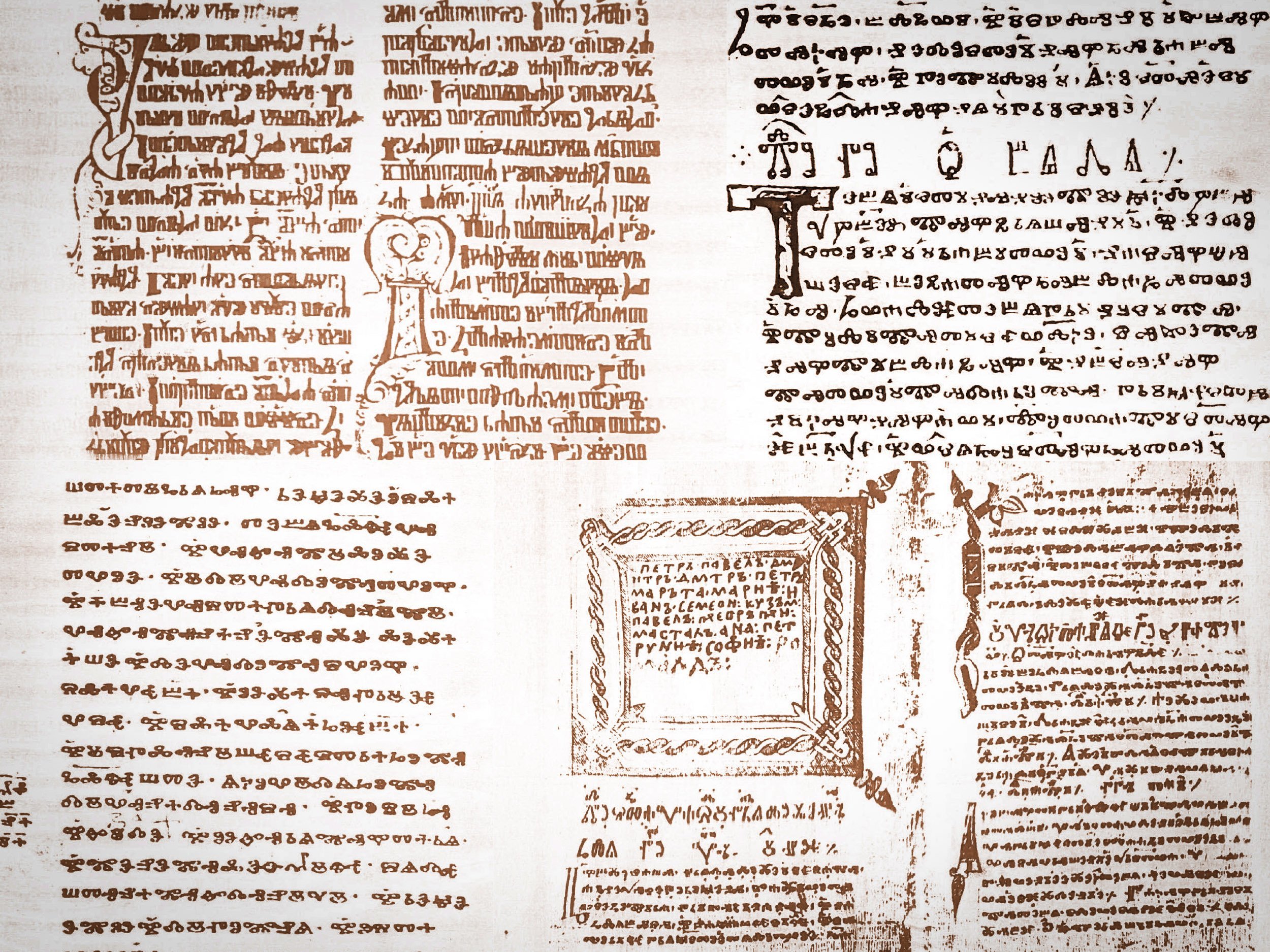
05:
DIVERSITY
-

DIVERSITY
Differences in overall circumstances in which Islam in Bosnia and Herzegovina developed led to significant diversity, primarily in the tangible culture characteristic for Bosnian and Herzegovinian Muslims.
-

BOSNIAKS - A PEOPLE WITH THREE CALENDARS
Cultural history of Muslims in Bosnia and Herzegovina distinctively shows its rich beauty through the living religious tradition of dovištes (Muslim pilgrimage sites), and dates of visiting them are still determined according to the calendar of other religious communities.
-
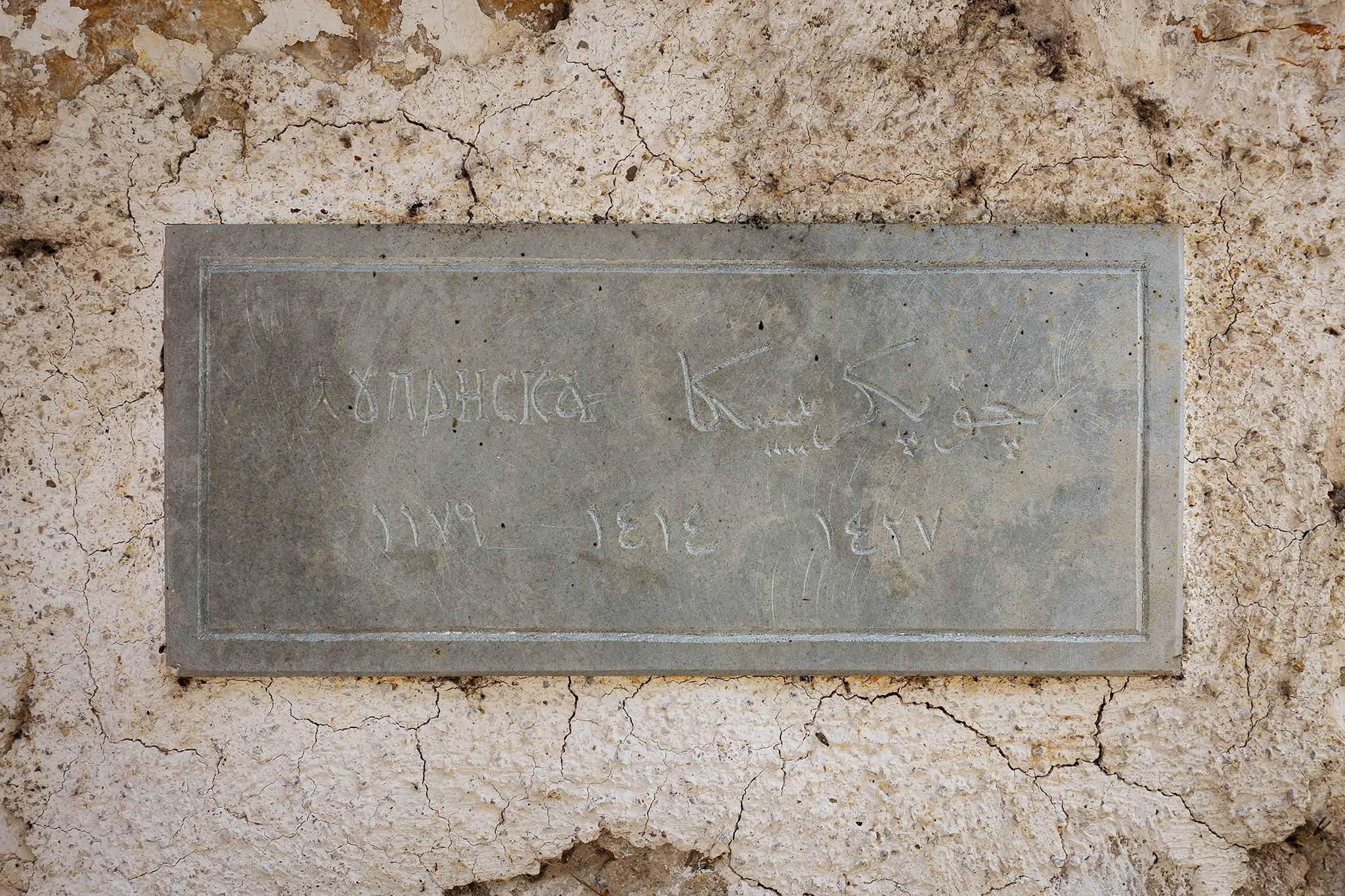
TWO ALPHABETS AT THE ENTRANCE OF THE ĆUPRIJSKA MOSQUE IN STOLAC
Arebica is a specific alphabet created by Bosnia's entry into the Ottoman-Islamic cultural circle.
-

JAMA OR SOFI MEHMED-PASHA MOSQUE
The mosque is located in the Banja Luka neighborhood Gornji Šeher. It was commissioned by Sofi Mehmed-pasha, the first Bosnian regent seated in u Banja Luka in 1554/1555. In terms of space, it is the largest and in terms of age the second oldest mosque in Banja Luka.
-

MOSQUE IN DELIMEĐE
In 2009, in the village of Delimeđe on the Pešter plateau, municipality of Tutin, a mosque with the Islamic center was built, the two minarets of which are 77.5-meter high each, which makes them the highest in the Balkans and Europe, and some of the highest in the world as well.
-

CULTURAL HERITAGE OF ISLAM
In our regions, as a segment of much broader Ottoman-Islamic civilizational circle, Islam built on older pre-Islamic traditions of Bosnia (in the broadest sense) and penetrated practically all the pores of local private and public life, of both Muslim and non-Muslim population.
-

SARAJEVO NEIGHBORHOOD MOSQUES WITH HIPPED ROOFS
In the Ottoman period, Sarajevo, together with Belgrade and Skopje, had most mosques in the Balkans. It is assumed that at its climax in the 17th century it had about 120 mosques.
-

VAROŠKA MOSQUE IN TRAVNIK
Close to ramparts of the old Travnik fortress one can see the Varoška Mosque, a national monument of Bosnia and Herzegovina.
-

THE OLD WOODEN MOSQUE IN BUŽIM
The Old Wooden Mosque in Bužim, built in the first half on the 19th century, is one of the oldest mosques in Cazinska Krajina.
-

THE CITY MOSQUE IN CAZIN
Within bulwarks of the medieval fort in Cazin a mosque was built in 1576, on the site of the present one.
-

BOSNIAN PRAYER RUG - SAJJADA
Sajjadas are rugs of small dimensions, 150 cm long and 90-120 cm wide, which served to isolate the worshipper from possible dirt on the ground when performing the basic Islamic ritual, daily prayer, or to mark the direction of qibla on the wall.
-

BOSNIAN PRE-FACTORY KILIM
Rough floor coverings called gunj, ćebe and biljac were woven on the horizontal looms using simple techniques of flat weaving (in two threads) before Bosnia became part of the Ottoman Empire.
-

KILIMS OF SARAJEVO WORKSHOP AND THEIR DERIVATIVES
The second stage of making the Bosnian kilim is the kilim woven in the Sarajevo Workshop after 1879 . One cannot say that it was an entirely new type of Bosnian kilim.
-

SUKIJA MOSQUE
Maglaj, Bosnia and Herzegovina
-

THE MOSQUE IN VILLAGE OF ORAHOVICA
Zenica, Bosnia and Herzegovina
-
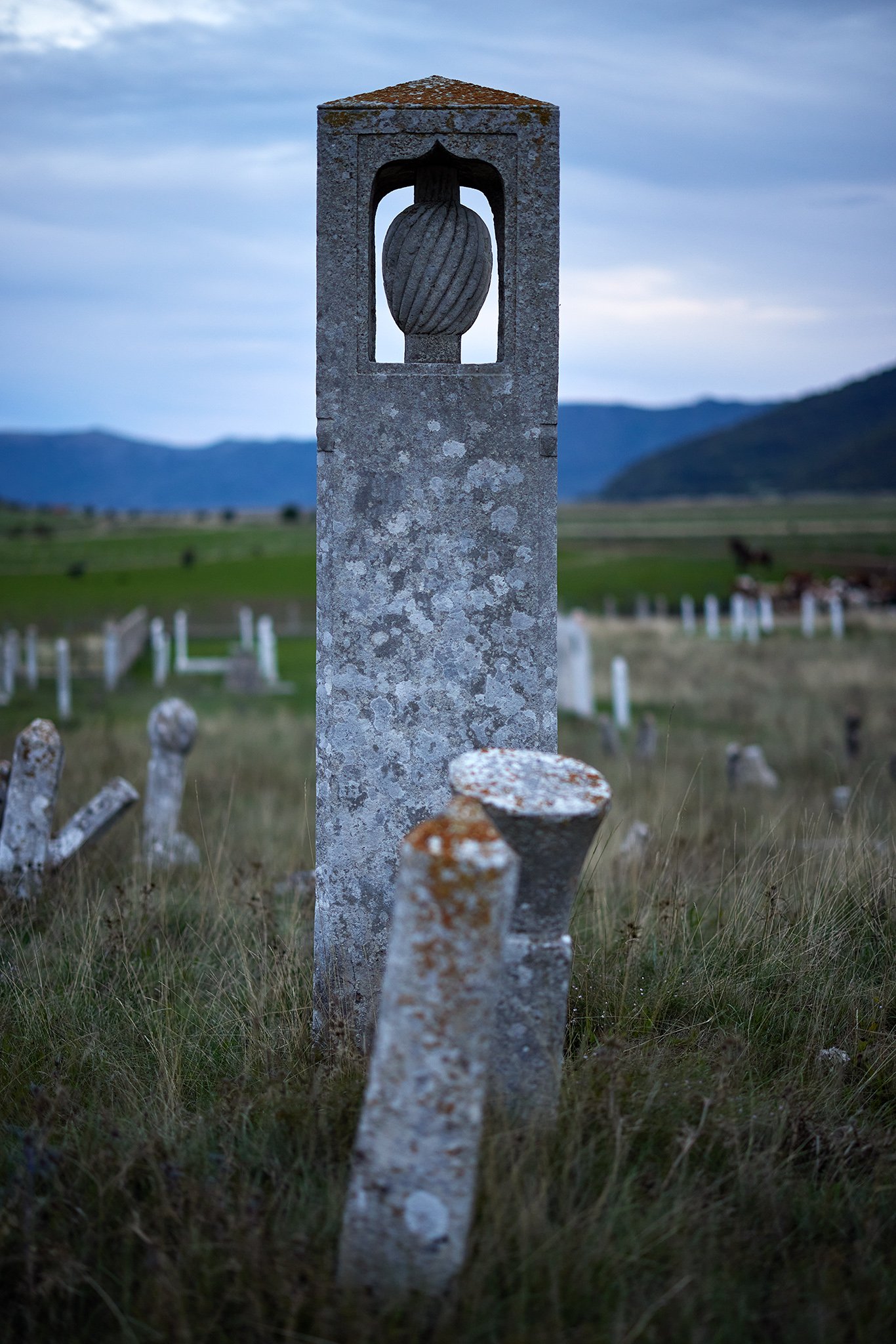
LANTERN TOMBSTONE (FENJER NIŠAN) IN VIDIMLJE
Glamoč, Bosnia and Herzegovina
-

HADADAN MOSQUE
Jajce, Bosnia and Herzegovina
-

ZAVRA MOSQUE IN LIVNO
Ottoman baroque.
-

LALA-PASHA’S (BEGLUČKA) MOSQUE
Livno, Bosnia and Herzegovina
-

MOSQUE AT VAROŠKA RIJEKA – A JEWEL OF MODERN ISLAMIC ARCHITECTURE
Since the fall of communism, hundreds of mosques have been built or renewed in BiH, and their construction was often accompanied with influence of building traditions which had previously been strange in Bosnian environment.
-
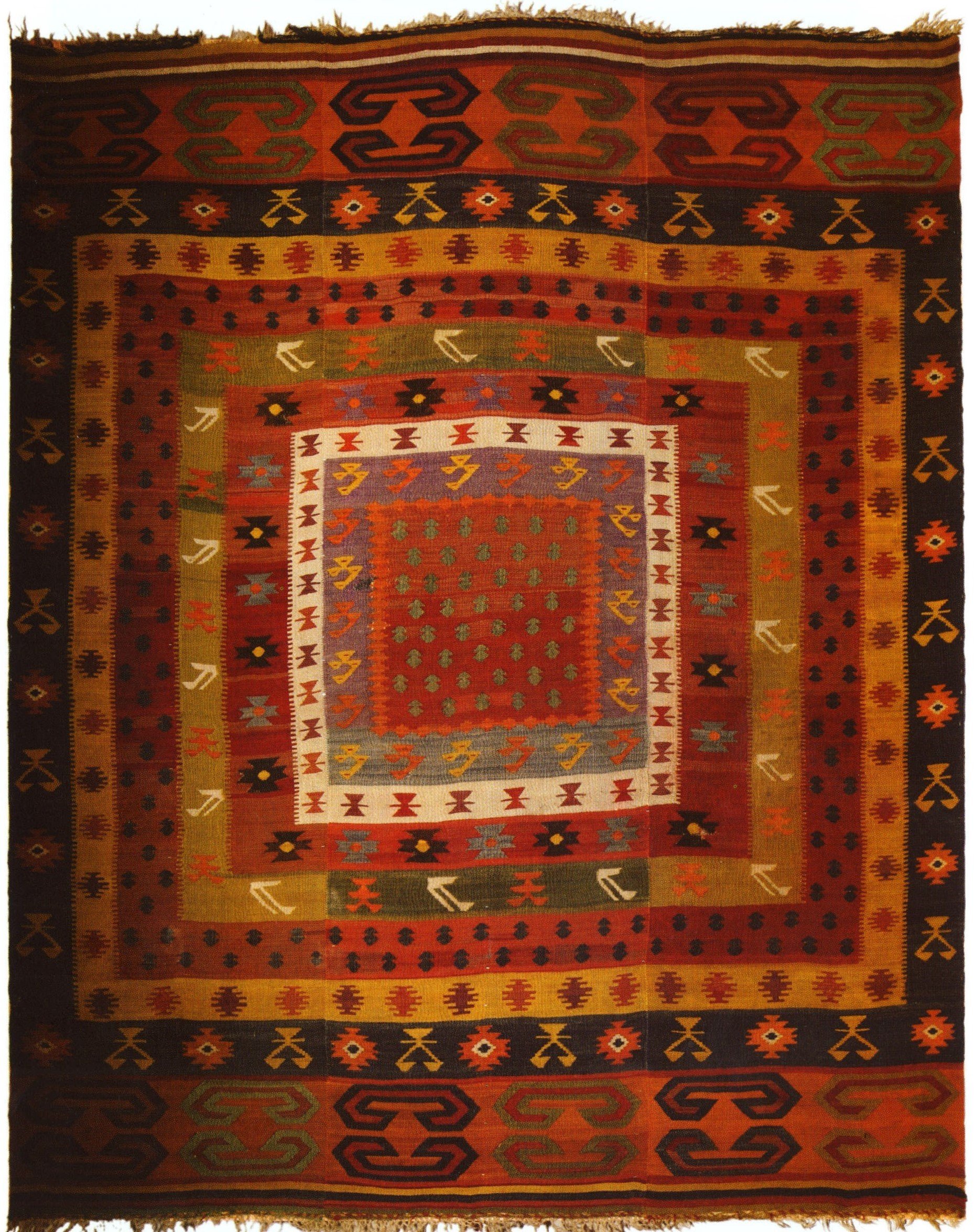
WHAT DOES KILIM MEAN TO US?
Recently, at a lecture I gave about Bosnian kilim, I asked students. “What do you associate with the word 'kilim'?” Some of the responses were: tradition, cleanliness, home, grandma, warmth... One response was: neglect.
-

HOW HAS THE KILIM BEEN READ?
When Western collectors discovered the Anatolian kilim in the 1970s, they began to consider it as something Oriental, exotic.
-

MUSLIM NIŠANS IN KRAJINA
The tradition of erecting stone grave-marks in Krajina is almost three millennia old, starting from Japodian urns, through Roman altars and medieval stećaks to different kinds of stone grave-marks related to the Ottoman period.
-

MOSQUE IN RIBIĆ: AN EXAMPLE OF SYMBIOSIS BETWEEN TRADITIONAL AND MODERN ARCHITECTURE
In the postwar period, many new mosques have been built across the Muftiate of Bihać. Despite their immeasurable significance and function, many of them indicate superficiality in architectural design.
-

AZIZIJA MOSQUE IN BREZOVO POLJE, BRČKO
National monument of Bosnia and Herzegovina
-

OLD MOSQUE IN PODGORA
Podgora - Breza, Bosnia and Herzegovina
-

HADŽI-MUHAREM (ŠAMIĆA) MOSQUE
Jajce, Bosnia and Herzegovina
-

THE OLD MOSQUE IN ŠPIONICA NEAR SREBRENIK
National monument of Bosnia and Herzegovina
-

EMPEROR’S MOSQUE / SULTAN BAJEZID VALIJA’S MOSQUE IN FOČA
National monument of Bosnia and Herzegovina
-

BALI BEY’S (WHITE) MOSQUE
Gornja Tuzla, Bosnia and Herzegovina
-

MIŠĆINA MOSQUE IN SARAJEVO
The Mišćina or Kebkebir hadži Ahmed Mosque is located in Sarajevo residential quarter known as Kovači. It was built in the early 16th century (1543-1557.). Above the portal there is a wooden levha with the inscription: “Owner of property and the hastahana (hospital) Kebkebir hadži Ahmed, year 1543, 963 AH”.
-
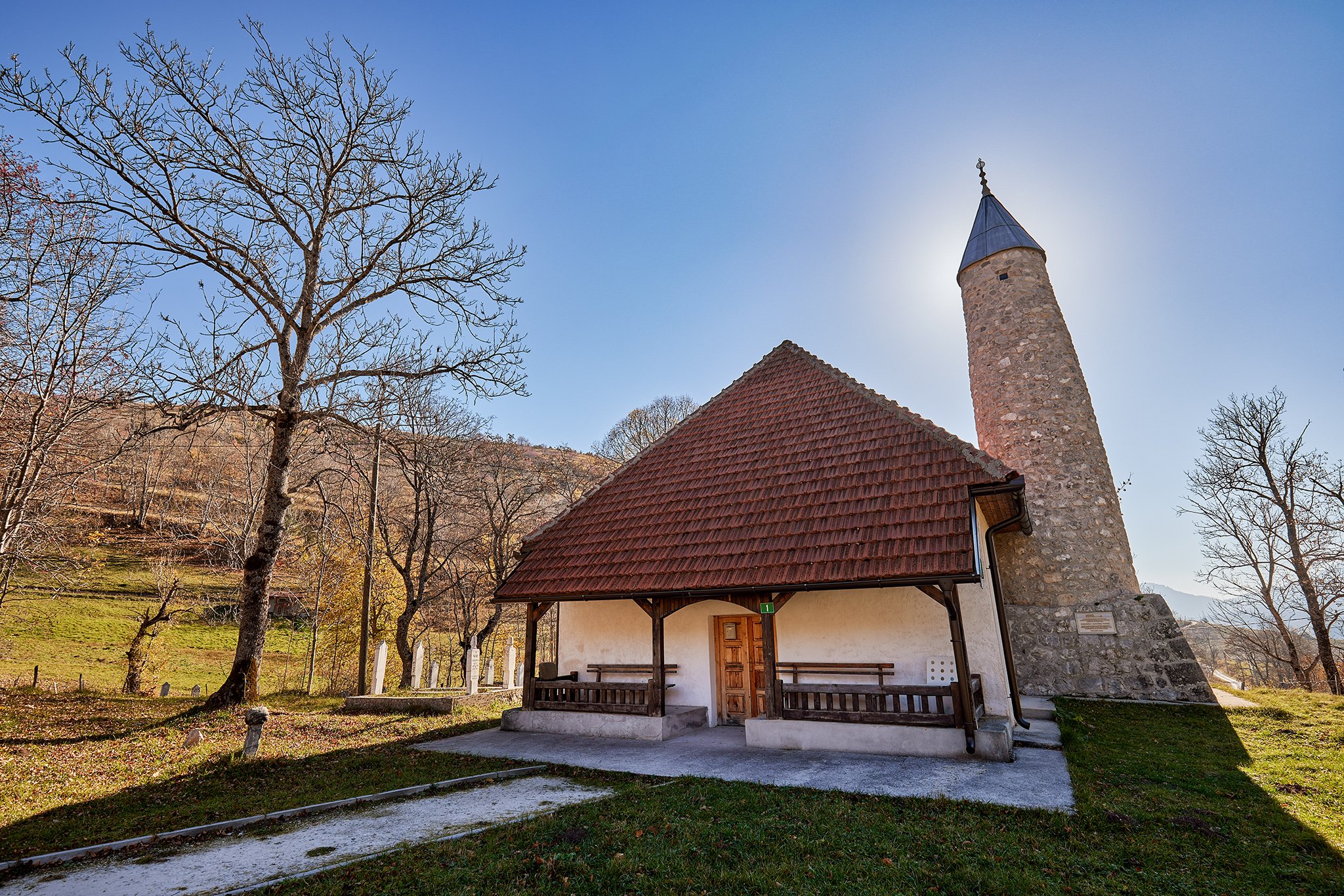
MOSQUE IN UMOLJANI
Bjelašnica mountain, Bosnia and Herzegovina
-

MOSQUE IN LUKOMIR
Bjelašnica mountain, Bosnia and Herzegovina
